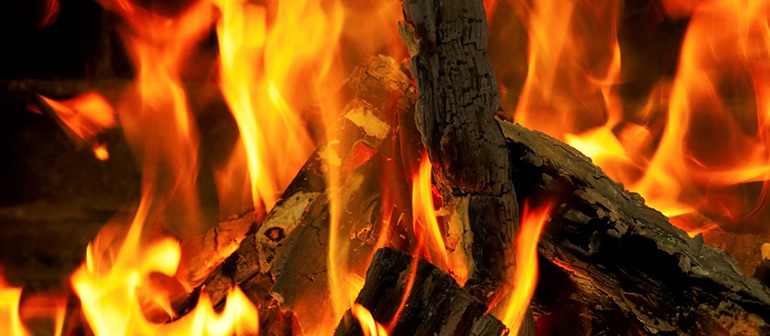Feeling the Heat of Updated EPA Standards for Hearth Emissions

03 May 2016
Manufacturers and Retailers of Wood Heaters and Stoves Impacted by New Source Performance Standards
In 2015, the Environmental Protection Agency (EPA) published an updated rule on New Source Performance Standards (NSPS) for residential wood heaters in order to limit emission levels. The EPA estimates that the revised regulation will reduce dangerous particle and toxic compound emissions by 70 percent and carbon monoxide emissions by 65 percent. Once the new rule goes into effect, wood stoves, pellet-burning room heaters, single burn rate stoves and hydronic heaters must meet the following requirements.
- Step 1, which became effective on May 16 of last year, requires compliance with limits that are already in place through the EPA and state regulations. Because the limits (4.5 grams of emission/hour for wood and pellet stoves) are already in place, Step 1 is not expected to have an immediate impact on most manufacturers. There are exceptions to this, however: boilers, whose regulatory requirements essentially make the previous voluntary program mandatory will be impacted more immediately, as will single burn rate wood stoves, which were previously exempt from regulations, and forced-air furnaces. Furnaces with heat output capacities under 65,000 Btu/h must comply with a 0.93 lb/mmBtu output emissions limit by May 16, 2016, larger output furnaces have until May 16 2017.
- Step 2 requirements, which are much more stringent, call for emissions to be cut to 2 grams of emission an hour by 2020. This change is expected to have a much larger impact on manufacturers. Many hearth products will need to be completely redesigned to comply with the standard. The redesign may require the inclusion of a catalytic converter or other technology improvements to allow a product to meet the new emission rate. Redesigning products will, in turn, impact retailers, as it will lead to an estimated 15 percent increase, or more, in market prices for most models. It is possible that settlement of an industry law suit will result in modification of the step 2 requirements.
The change in standards calls for differences in the ways we test for emissions. Previously, emissions compliance was only certifiable through the EPA; third-party testing laboratories only certified wood-burning equipment to safety standards related to fire and injury. With this change in standards however, the EPA is shifting emissions certification to third-parties, while retaining its position as the final product approval entity.
The new EPA standards have opened up important industry discussions around the best way to protect the environment based upon scientifically supported, financially viable options for the thousands of wood-burning heating products that are purchased each year. As these conversations continue to happen, and regulations and standard change, it is important to remain updated on what’s happening in the industry and to continue to prepare for ongoing changes.
For more information about the new hearth emission standards, including details on products impacted and the two steps of the NSPS, read our white paper.
